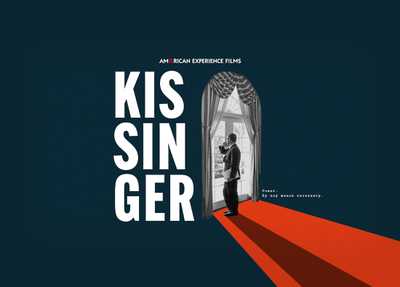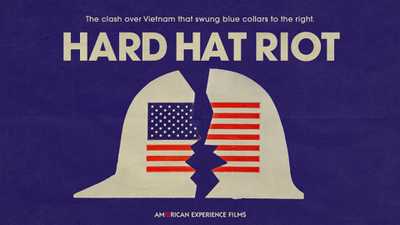The Evolution of Jet Age Flight Attendant Hiring Practices and the Trailblazing "Nisei" Women of Pan Am

The image of the early flight attendant was the result of carefully crafted hiring practices that prioritized women who could cater to their mostly businessman clientele. Women needed to be attractive and available, with the emphasis on their appearance. They were weighed regularly and assessed by supervisors on a host of details to determine if they met the rigorous standards of the airline. In the late 1950s less than 3% of people that applied were hired. Just some of the rules stated were that you must:
-
Be a citizen of the United States
-
Be between the ages of 21 and 27
-
Be between 5’3’’ and 5’6’’ and not weigh more than 130 pounds
-
Not wear glasses
-
Have narrow hips
-
Not have a round face, close set eyes, scars or moles
-
Not be married or ever have been married
-
Have 2 years of college or high school and nursing training, or 3 years of work in jobs which would develop poise and tack in meeting the public
One of the most nefarious unspoken rules was that the “ideal “ woman should be white. This kind of job discrimination was just another example of the widespread, systemic racism of the time.
But as air travel became more accessible and global, the need for a diverse workforce followed. Just 10 years after the end of WWII, the United State’s relationship with Japan had shifted enough that international business and travel warranted a dedicated flight.

In 1955, Pan Am hired an initial class of 20 “Nisei” or second generation Japanese Americans to service flights between San Francisco, Honolulu and Tokyo, with their homebase in Honolulu. This was big news at the time, with the 5 women from Hawaii being featured in the paper and an appearance on local news.
For the first time ever, flight attendants of Japanese descent were hired to work on flights going between the United States and Tokyo.

While knowledge of Japanese was desired, as always, the most important requirement was that the women must be attractive, and lessons in the Japanese language could be provided for someone with the right look and demeanor. Pan Am was also capitalizing on the post-war image of the “geisha,” highly sexualized and always ready to serve, and enhancing their global image.

But these exceptional women were so much more than any stereotype they were being reduced to. They defied the expectations of society, and sometimes, their families, to travel the world.







